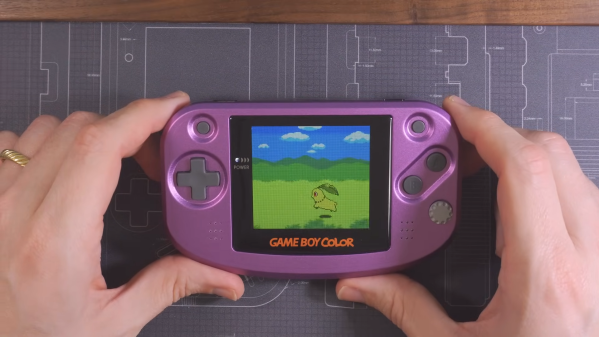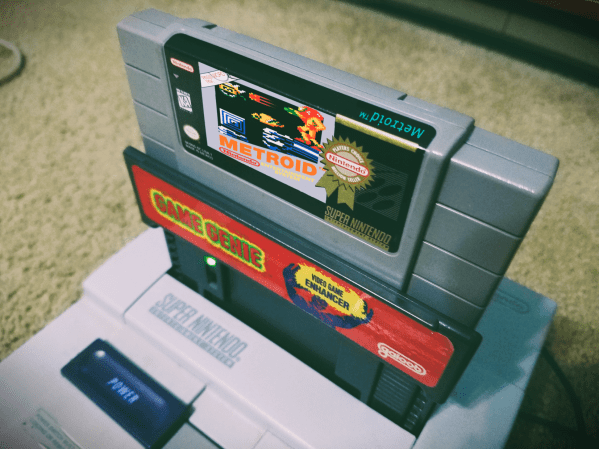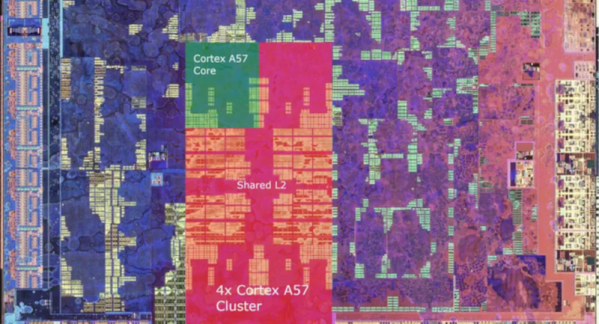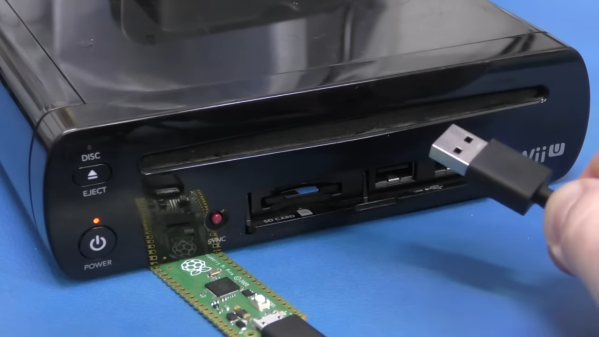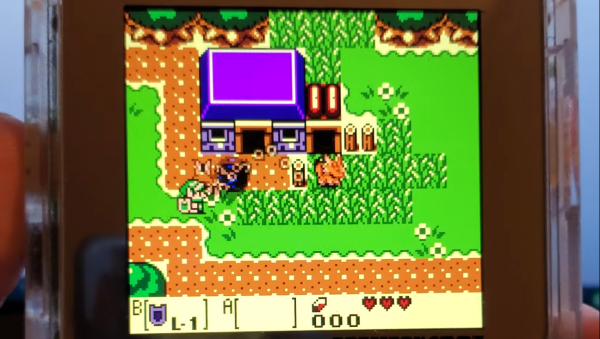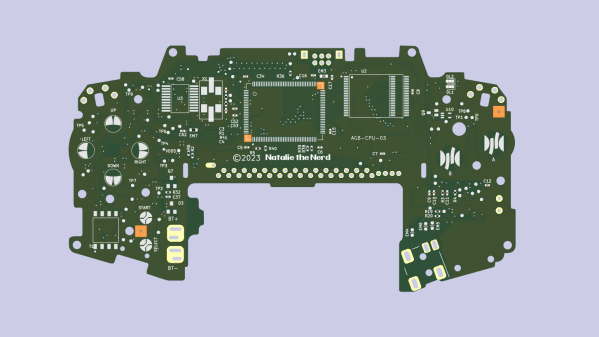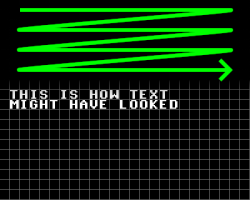Sales figures suggest Nintendo did pretty well with the Game Boy Color during its original run, even if the hardware and visuals feel a tad archaic and limited today. [Chris Hackmann] has taken the Game Boy Color design and reworked it from the ground up as the Frog Boy Color, kitting it out with modern upgrades in a GBA-like form factor while retaining the original hardware underneath.
[Chris] went to the wide-style GBA layout for comfort, which he considers superior to the original rectangular Game Boy format. He iterated through over 50 3D-printed enclosure designs to get the design to work, ensuring that the final housing could be CNC machined. He then set out to trim down the original Game Boy Color circuit layout to cut out hardware he considered unnecessary. The original LCD driver could go, since the Q5 replacement LCD he intended to use didn’t need it, and he also considered the IR port to be surplus to requirements. He also set out to replace the original audio amp with his own stereo design.
The result is a wide-format Game Boy Color with a gorgeous modern LCD, USB-C charging, and excellent compatibility with original games and accessories. Files are on Github if you want to build one yourself. Of course, he’s not the only person working on building the best Game Boy ever, but we always love seeing new work in this space. Video after the break.
Continue reading “Frog Boy Color Reimagines The Game Boy Color Hardware From The Ground Up”

